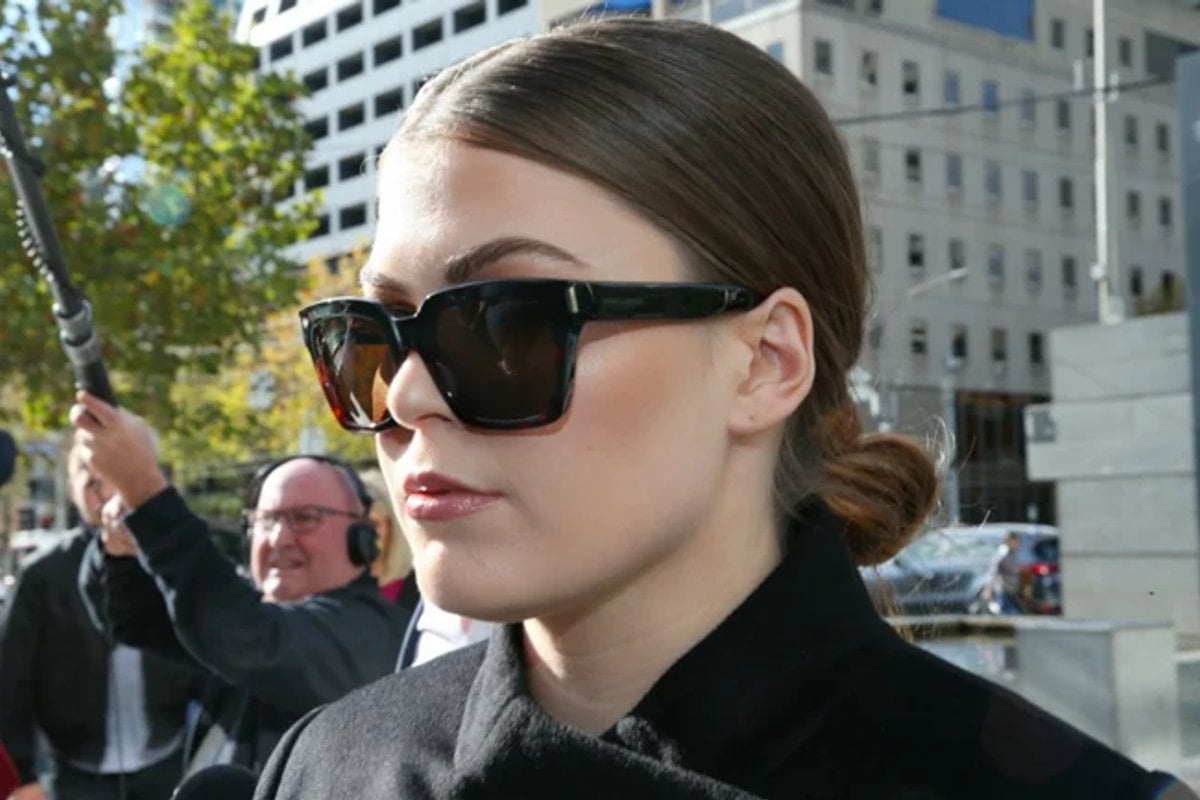
This is an edited extract from Fake Medicine by Dr Brad McKay (Hachette, Australia RRP $32.99.)
We’re suckers for a classic fairy tale.
We love to cheer on the underdog and clap for the beautiful maiden when she perseveres against all odds to rise triumphantly from the ashes.
Belle Gibson’s life story was one of those fairy tales we desperately wanted to believe was true.
Watch: Belle Gibson rehearsing her cancer claims. Post continues below.
She fought the dark forces of brain cancer with organic food and a few cheeky coffee enemas, but instead of rising like a phoenix from the ashes, this beautiful maiden turned into the villain of her own story.
Belle’s fairy tale began in 2009 when she was in her late teens – the prime of your life, when you feel like anything is possible.
But Belle received some terrible news. She was diagnosed with metastatic cancer, with tumours identified in her brain, liver, kidneys, spleen and uterus.




























































































